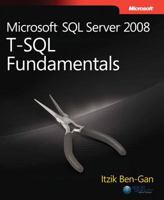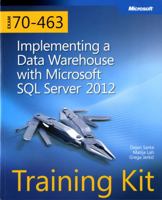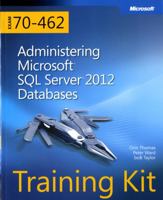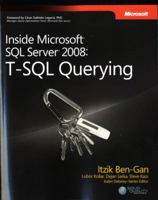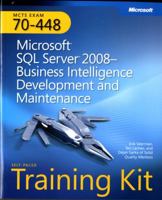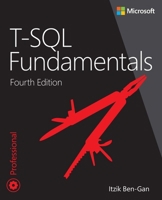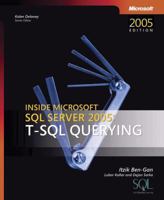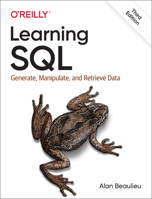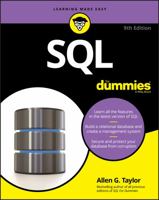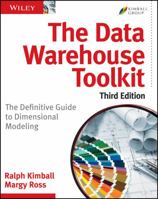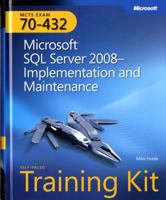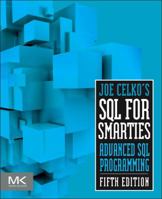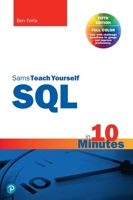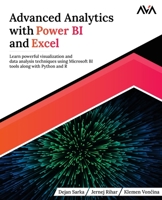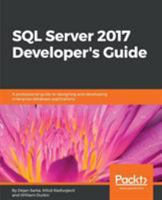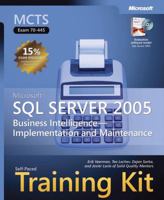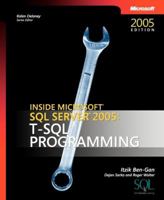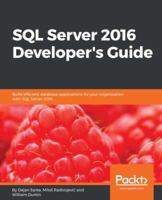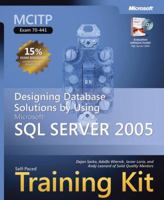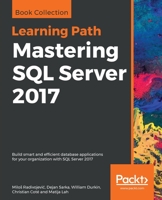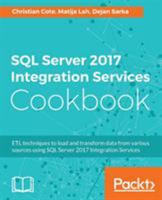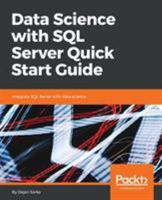Inside Microsoft(r) SQL Server(r) 2008: T-SQL Programming: T-SQL Programming
Get a detailed look at the internal architecture of T-SQL with this comprehensive programming reference. Database developers and administrators get best practices, expert techniques, and code samples to master the intricacies of this programming language--solving complex problems with real-world solutions. Discover how to: Work with T-SQL and CLR user-defined functions, stored procedures, and triggers. Handle transactions, concurrency, and error handling. Efficiently use temporary objects, including temporary tables, table variables, and table expressions. Evaluate when to use set-based programming techniques and when to use cursors. Work with dynamic SQL in an efficient and secure manner. Treat date- and time-related data in a robust manner. Develop CLR user-defined types and learn about temporal support in the relational model. Use XML and XQuery and implement a dynamic schema solution. Work with spatial data using the new geometry and geography types and spatial indexes. Track access and changes to data using extended events, SQL Server Audit, change tracking, and change data capture. Use Service Broker for controlled asynchronous processing in database applications. All the book's code samples will be available for download from the companion Web site. This description may be from another edition of this product.
Format:Paperback
Language:English
ISBN:0735626022
ISBN13:9780735626027
Release Date:September 2009
Publisher:Microsoft Press
Length:832 Pages
Weight:3.10 lbs.
Dimensions:1.9" x 7.2" x 9.1"
You Might Also Enjoy
More by Dejan Sarka
Customer Reviews
5 customer ratings | 5 reviews
There are currently no reviews. Be the first to review this work.














